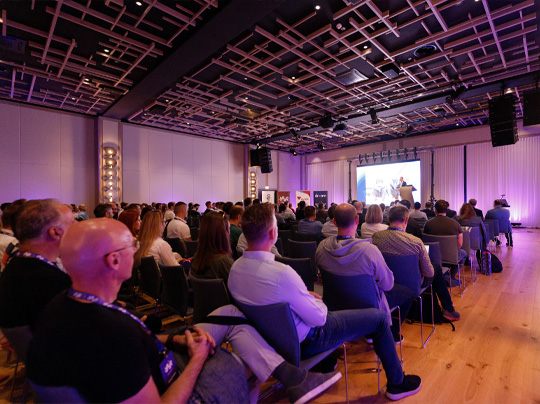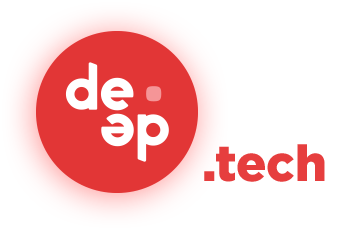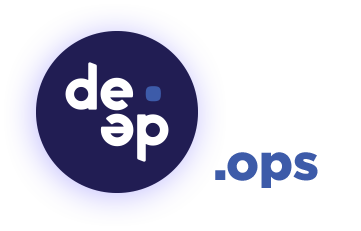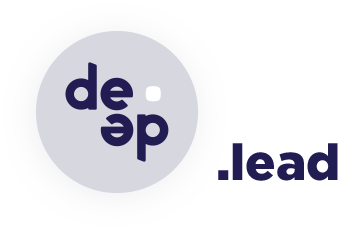
DEEP Conference
We recognized the need to address information security at all levels at the same time and the same place.
We value the importance of knowledge and experience sharing.
Therefore, we provide everyone with the opportunity to share their knowledge and build their new experiences. Dive in and go deep with us.
- Why go deep with us?
- Learn from experts and share your knowledge and ideas
- Share global and local trends
- Network
- Choose topics and tracks by yourself
- Initiate new projects and collaborations
- Who should go deep with us?
- Those who manage corporate and information security
- Folks from the IT and IT security
- Penetration testers
- SOC members from all levels

Drill down to the bit level
Technical and low level stuff is in the focus here. It might be a game for some, but various real-world attack simulations can be expected in here, as well as hacking, exploits and malware dissecting. New ideas on how to identify and exploit vulnerabilities are more than welcome.

Organize your protection!
A combination of technical and management stuff is in the focus here. How to orchestrate people, technology and processes to achieve maximum protection efficiency? Topics such as infrastructure protection, damage control, threat intelligence and incident response. Case studies can be found in this track.

Manage the risks, protect your business!
It’s all about management in here; governance, risk, compliance and business in general. Most of the people in here will try to get everyone on the same high-level page. It’s about understanding each other and dealing with future ideas and collaboration between business areas.
Who should go deep with us?
- CEOs, COOs, CTOs and other Cs
- Corporate security managers
- Information security managers
- Chief information security officers
- IT admins
- Members of IT security teams
- Security operation center members
- Penetration testers
Falkensteiner Punta Skala, hotel IADERA
Punta Skala bb, HR-23231 Petrčane
Email
info@deep-conference.com

Falkensteiner Hotel & Spa Iadera at Punta Skala Resort
the best suited mid-Dalmatian conference venue waits for the participants of DEEP

Venue
Looking for starting in very best possible manner, DEEP proudly presents an excellent venue for the conference, to be held from 24th to 25th of October 2023. We are proud to welcome you to glorious five-star Falkensteiner Hotel & Spa Iadera
Hotel & Spa Iadera - part of famous Falkensteiner Punta Skala Resort, one of most respected tourist complexes in whole Adriatic area. Resort is conveniently situated just a short drive from vibrant city of Zadar but it also contains all the facilities any conference attendee might need during a stay. We have a huge experience in organizing similar events, and it assured us that single-point conference is the most convenient way for our guests and visitors to enjoy both the conference and any free time dedicated to themselves.

Apart from breath-taking location directly at the top of the Peninsula and exclusive 5-star service, at our chosen venue you can also enjoy Mediterranean cuisine with hotel restaurant, fish restaurant Bracera, Steak house Planika and Hideout beach bar directly at the sea.
Should you want to stay for the weekend, there are several great areas for visiting, from the ancient town of Zadar, famous - among other things - for the most beautiful sunset in the world, to the national parks of Velebit and Kornati or worldwide known sci-fi landscapes of island Pag.

We are looking forward to be your hosts at this magnificent hotel during the conference. Online registrations will start soon, offering you accommodation in single or double rooms at this hotel during the process, at special prices agreed with Falkensteiner Hotels & Residences, available only to the DEEP attendees. Should you have any additional questions please be free to ask us at info@deep-conference.com. We are sure that this venue will fully enhance your experience and make your stay there during DEEP more enjoyable.



